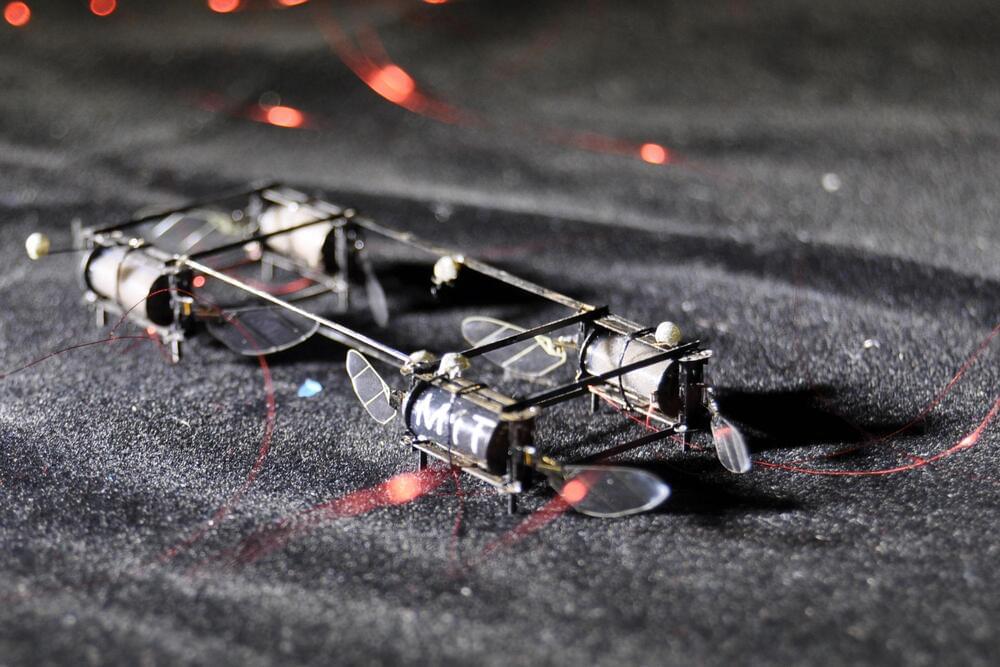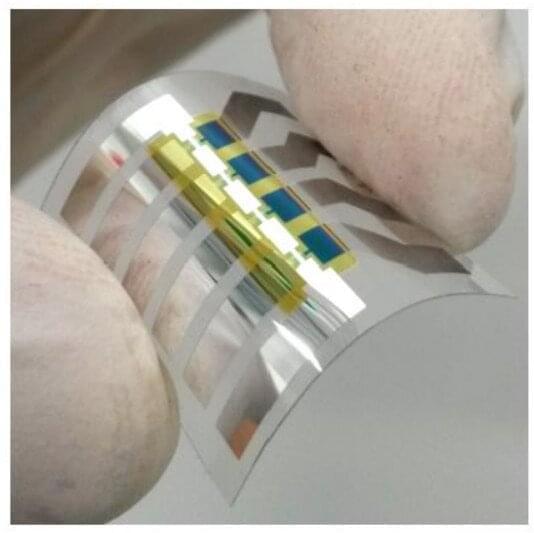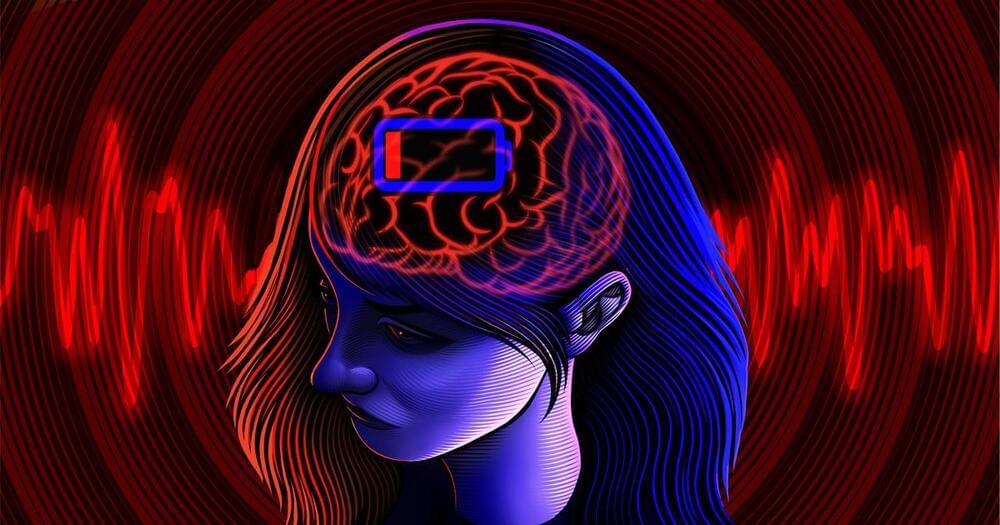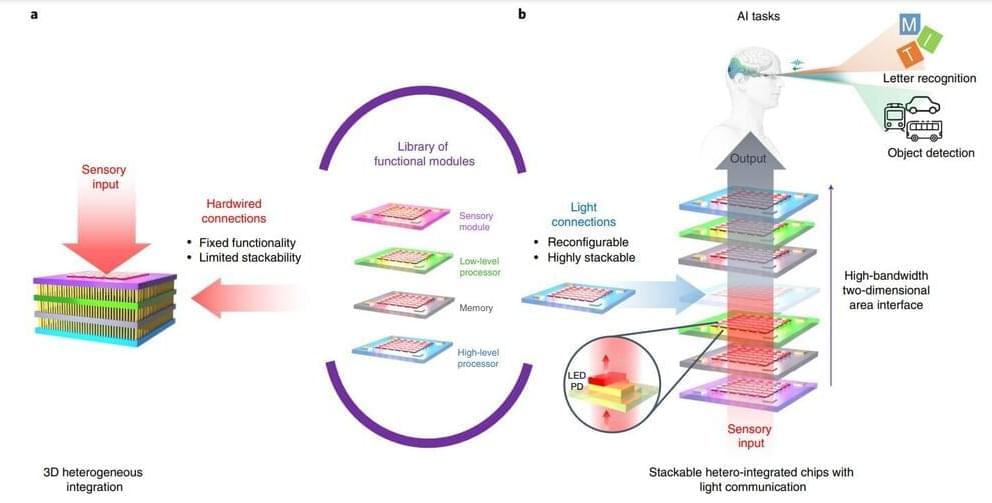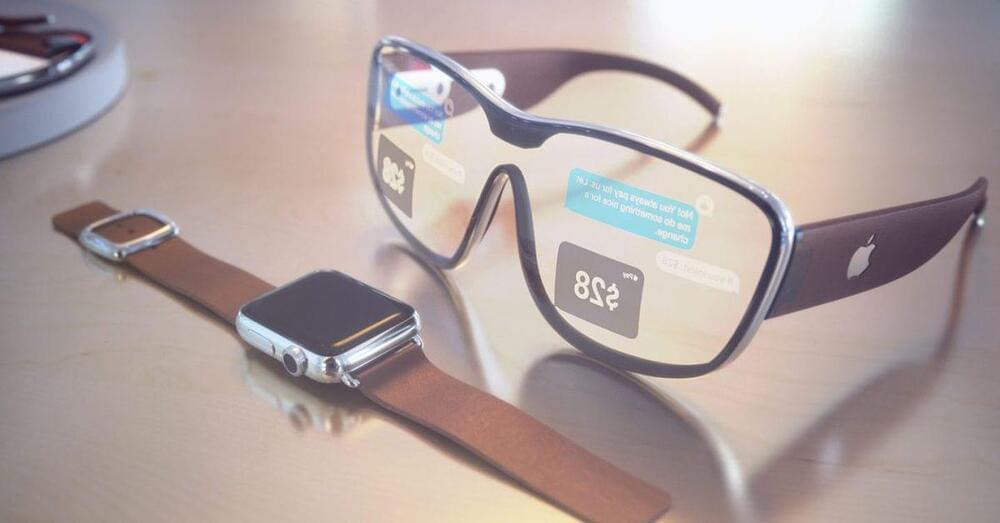Jun 22, 2022
Robotic lightning bugs take flight
Posted by Dan Kummer in categories: climatology, cyborgs, mobile phones, robotics/AI
From there, they ran flight tests using a specially designed motion-tracking system. Each electroluminescent actuator served as an active marker that could be tracked using iPhone cameras. The cameras detect each light color, and a computer program they developed tracks the position and attitude of the robots to within 2 millimeters of state-of-the-art infrared motion capture systems.
“We are very proud of how good the tracking result is, compared to the state-of-the-art. We were using cheap hardware, compared to the tens of thousands of dollars these large motion-tracking systems cost, and the tracking results were very close,” Kevin Chen says.
In the future, they plan to enhance that motion tracking system so it can track robots in real-time. The team is working to incorporate control signals so the robots could turn their light on and off during flight and communicate more like real fireflies. They are also studying how electroluminescence could even improve some properties of these soft artificial muscles, Kevin Chen says.
